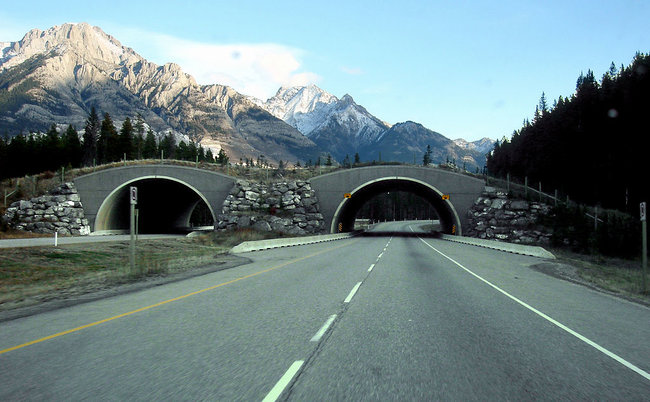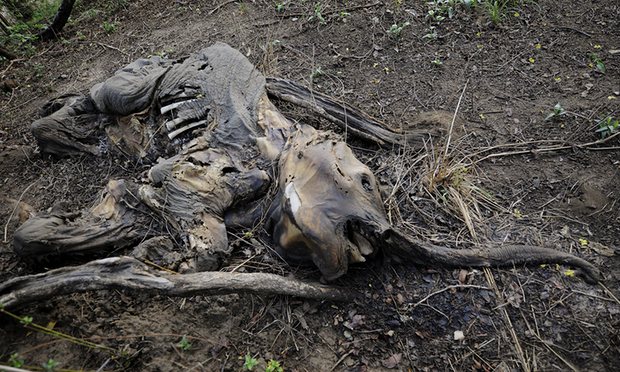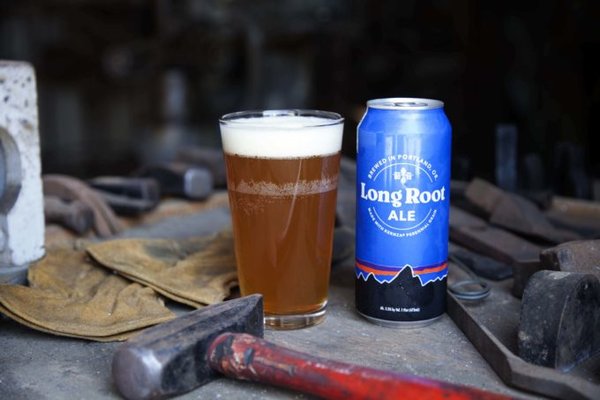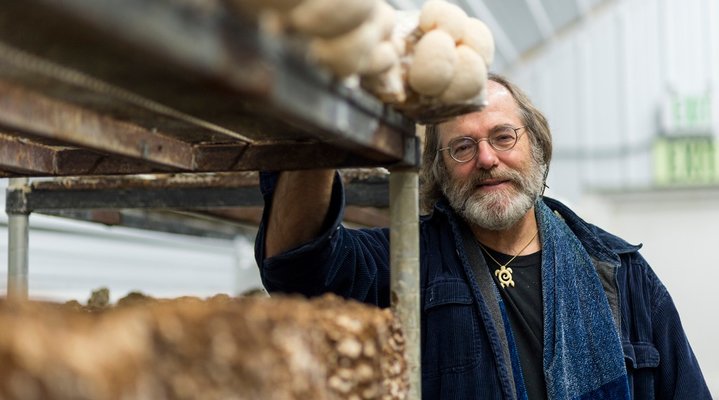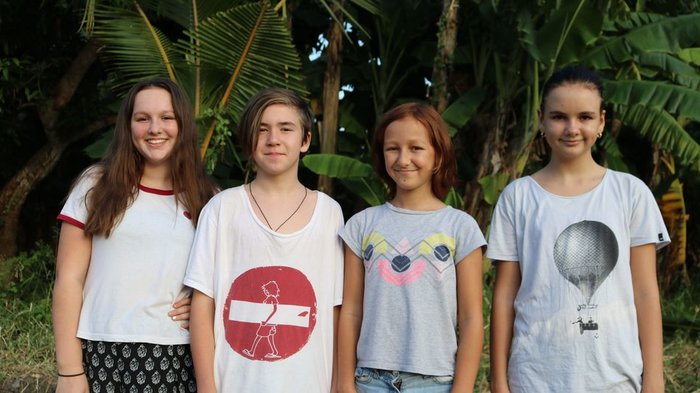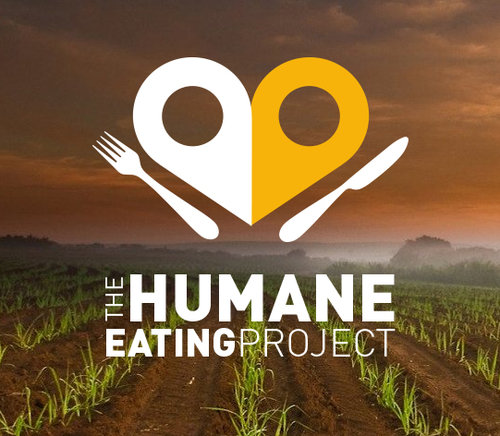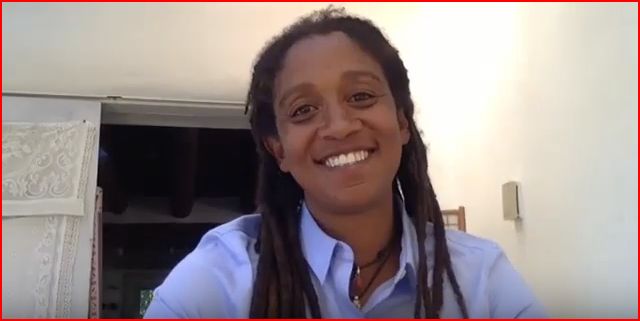Highways quite literally carve up the ecosystems around us and have major effects on wildlife — including animal road deaths, separating colonies of animals, reducing breeding potential, cutting off food supply and even affecting biodiversity as a whole. So comes the idea of Green Bridges. Green bridges are protective over- or underpasses built for wildlife to cross highways safely, without running the risk of being hurt on the roads as they make their way about their daily lives. These special bridges provide small and large mammals, amphibians, insects and reptiles with a safe alternative to follow regional or trans-regional routes, while mitigating the fragmentation of their habitat and feeding/mating patterns.
Continue reading... →One of the largest icebergs ever recorded has broken off from an ice shelf in western Antarctica, researchers said last Wednesday. The iceberg — about the size of Delaware and weighing an estimated 1.12 trillion tons — finally ripped free sometime between Monday and Wednesday, scientists at the University of Swansea in Britain. Researchers said they were not immediately aware the calving is linked to human-induced climate change. Since the ice shelf was already in the ocean and held a relatively small amount of land ice, the potential melting of the freed iceberg is not expected to have an immediate effect on the sea level.
Continue reading... →For decades, Brazil’s Kayapo tribe has battled deforestation of their home. Now women are at the frontlines of the fight to save the rainforest. Concealed among dense Amazonian rainforest and grassy savannas are the simple palm-thatched dwellings of the Kayapo, one of Brazil’s best-known indigenous groups. Their scattered villages along the banks of the Xingu River are so remote that until the 1950s, the Kayapo people had virtually no contact with or knowledge of the outside world. Over the past three decades, Kayapo communities have been increasingly exposed to the outside world, bringing major shifts in the tribe’s social structure. One of the more recent and unexpected changes has been the emergence of three women chiefs, who are now in charge of villages spread across a vast swath of Amazonian rainforest.
Continue reading... →The number of wild animals living on Earth is set to fall by two-thirds by 2020, according to a new report, part of a mass extinction that is destroying the natural world upon which humanity depends. The analysis, the most comprehensive to date, indicates that animal populations plummeted by 58% between 1970 and 2012, with losses on track to reach 67% by 2020. Researchers from WWF and the Zoological Society of London compiled the report from scientific data and found that the destruction of wild habitats, hunting and pollution were to blame. The creatures being lost range from mountains to forests to rivers and the seas and include well-known endangered species such as elephants and gorillas and lesser known creatures such as vultures and salamanders.
Continue reading... →Long Root Ale, a pale ale hitting the market from Patagonia Provisions and Hopworks Urban Brewery, is sustainably brewed and made with organic ingredients, but that’s not what sets it apart. The big difference here is in the grains—and the farming practices behind them. While most beer is brewed with malted barley or wheat that is grown in an annual rotation—meaning the grains are planted every spring, harvested in the fall, to be repeated the following year—Long Root Ale is the first beer to incorporate Kernza, a perennial grain. Once planted, this “superwheat“ derived from an ancient form of intermediate wheatgrass can remain in the ground for years at a time.
Continue reading... →New materials company Ananas Anam is using pineapple waste to create a new material that provides an animal-friendly alternative to leather. The material uses fine cellulose fibers extracted from pineapple leaves – which are considered an agricultural by-product that is often burned or left to rot. An estimated 40,000 tonnes of this pineapple waste is generated globally each year. Piñatex utilizes waste taken from pineapple plantations in the Philippines, with local factories separating the strands and felting them together into a non-woven fabric that can be used for clothes, footwear or furniture.
Continue reading... →In 2006, a patent was granted to a man named Paul Stamets. Though Paul is the world’s leading mycologist, his patent has received very little attention and exposure. Why is that? Stated by executives in the pesticide industry, this patent represents “the most disruptive technology we have ever witnessed.” And when the executives say disruptive, they are referring to it being disruptive to the chemical pesticides industry.
Continue reading... →As the planet gets warmer and global emissions continue to soar, young activists are rising up to take a personal stand against humans’ more nefarious impacts on the climate. In Southeast Asia, the smog from forest burning is a perennial problem that continues to occur as farmers continue to illegally set fire to their fields in order to clear them for the next planting season. Many of these fields are run by palm oil corporations that produce the cheap vegetable oil found in products from snacks to cosmetics. There is also the issue of conflict palm oil, which is rampant in the industry and is one of the world’s leading causes of rainforest decimation. Four students in Bali between the ages of 12 and 14 have started a social initiative called Kids Cut Conflict Palm Oil.
Continue reading... →How can we make informed eating choices when dining out at restaurants? There is a mobile app called The Humane Eating Project that can help consumers know whether or not a restaurant is serving ethically raised and eco-friendly, animal products. Produced by the non-profit animal welfare charity America For Animals, the app helps you to locate humane dining options in your locality – a nearby restaurant selling humanely-raised meat dishes, for example, or an eatery where meals are made using free range eggs.
Continue reading... →Want to meet a real game changer? Then you’ll want to meet Kina Murphy. She is one of our featured speakers at the Women As Game Changers: Creating a New Game Conference. My video interview with her here is a taste of what you will experience on October 13-14 in Santa Fe, New Mexico. Kina has worked with communities, businesses and all levels of government in Botswana, Malawi, Uganda, Zimbabwe, Mongolia and the U.S. as a conservation biologist. Her work most recently focuses on how to increase biodiversity in areas that have been heavily impacted by resource extraction.
Continue reading... →